Electric bicycles, known as e-bikes, have changed the way we ride, blending traditional cycling with the boost of electric power. Central to their performance are two types of sensors: torque and cadence, which play pivotal roles in how these bikes respond to our pedaling efforts. Torque sensors measure the actual force you apply, offering a natural, intuitive riding experience, whereas cadence sensors track pedaling speed, providing consistent assistance regardless of pressure. Each has its merits and drawbacks, influencing everything from cost to control. In this article, we will talk about the mechanics of both sensors, weigh their pros and cons, and offer practical advice to help you decide which sensor aligns best with your riding style.

Torque Sensors
Riding a bike with a torque sensor where it feels just like you're pedaling normally but with each stroke, there's an extra push as if a friendly tailwind is always at your back. That's what a torque sensor does. It measures how hard you press on the pedals and sends this info to the bike's motor, which then knows exactly how much help to give you. It's like having a smart copilot who matches your efforts-pedal hard, and it pushes hard; take it easy, and so does the bike.
The Upside of Torque Sensors
- Natural Feel: With a torque sensor, the e-bike feels more like a traditional bike. The assistance level changes with your pedaling pressure, so it's smooth and intuitive.
- Efficient Use of Power: These sensors can make your battery last longer because they only give power when you need it. So, if you're cruising comfortably, the motor won't drain the battery by adding unnecessary oomph.
- Better Control: They offer better control over the bike since the power adjusts in real time to your pedaling. This means less jerking and surging, making for a safe, stable ride.
The Flip Side
- Price Tag: All this tech-savvy comes at a cost. E-bikes with torque sensors tend to be pricier.
- Complex Know-How: They are also more complicated inside, which can mean pricier maintenance if something goes awry.
Perfect For
- Off-Road Adventures: If you love hitting the trails or any uneven terrain, a torque sensor will respond better to the changing pressures as you pedal through the rough patches.
- Busy Streets: For city riders, dealing with stop-and-go traffic is a breeze when your bike responds right away to how hard you pedal.
- Serious Cyclists: If you want that authentic cycling feel with an electric boost, a torque sensor is your go-to.
Cadence Sensors
Cadence sensors take note of how fast you're pedaling, not how hard. No matter how light or strong your push is, the sensor tells the motor to keep the assistance steady. It's like having a constant rhythm in the background that keeps you moving without any surprises.

Why Go for Cadence Sensors?
- Budget-Friendly: Bikes with cadence sensors won't make your wallet sweat as much-they're generally less expensive.
- Keep It Simple: They're straightforward, with fewer parts that can break down, making them easier to maintain.
- Always On Your Side: Since these sensors don't care about pedal pressure, you get a consistent level of help, which can be great if you're not looking for a workout and just want a leisurely ride.
But Consider...
- One-Pace Wonder: Sometimes you just want a bit more or less help, but a cadence sensor doesn't adjust on the fly-it sticks to one pace no matter what.
- Battery Burner: Because assistance is constant, you might find yourself recharging the battery more often, especially if you're always on flat land where you don't need as much power.
Made For
- Easy Riders: If you're all about relaxed rides or are new to e-bikes and want simplicity, a cadence sensor is a solid choice.
- Flat Land Commuting: Those of you who ride mostly on flat terrains will appreciate the even assist level without the ups and downs of other sensors.
- Saving Pennies: Ideal if you're budget-conscious but still want the perks of an e-bike.
Armed with this knowledge, you can start to think about which type of sensor suits your cycling style best. Are you after the natural feel and efficiency of a torque sensor, or does the simplicity and consistent assistance of a cadence sensor sound more like your speed?
Torque vs. Cadence Sensors
|
Feature |
Torque Sensor |
Cadence Sensor |
|
Responsiveness |
Highly responsive to pedaling force. |
Consistent, with less immediate responsiveness. |
|
Efficiency |
More efficient power management; helps conserve battery life. |
May lead to more frequent battery charges due to constant assistance. |
|
User Experience |
Natural, bike-like feel with assistance matching rider effort. |
Predictable, steady assistance regardless of effort. |
|
Hill Climbing |
Adapts to increased effort for a timely boost. |
Provides uniform assistance, which might not match the need for extra power. |
|
City Traffic |
Smooth transitions during stop-and-go riding due to quick response. |
Potential for slight lag in motor engagement or disengagement. |
|
Long Distance |
Adjusts assistance based on changing effort, suitable for varied terrain. |
Maintains a consistent assistance level, may be preferable on flat terrains. |
|
Durability |
Potentially more wear and tear due to complexity. |
Simpler design could mean greater durability and less maintenance. |
|
Maintenance Needs |
May require more specialized service due to complex mechanics. |
Typically easier and cheaper to maintain due to simplicity. |
Practical Advice for Choosing Between Torque and Cadence Sensors
Here's some straightforward advice to help you make the choice that's right for you.
Consider Your Riding Style
Do you enjoy a ride that feels like you're on a traditional bike, where the harder you pedal, the faster you go? If so, a torque sensor might be your best bet-it mirrors your efforts and makes the assistance feel more natural. But if you're more into casual, consistent cruising without much variation in speed, a cadence sensor will give you that steady level of power without any fuss.
Where You Ride
Are hills and varied terrain part of your regular route? If yes, then the dynamic assist of a torque sensor could be really helpful. It'll give you that extra push when you're going uphill. If you're mostly on flat ground or you don't mind a little workout when you hit a slope, a cadence sensor should do just fine.
What You Need From Your E-Bike
Do you want an e-bike that's ready to go at a moment's notice, with minimal maintenance? Then the simpler cadence sensor could be appealing. But if you don't mind a bit of upkeep for a more responsive ride, the torque sensor is a strong contender.
Budget Matters Too
If cost is a big factor for you, remember that e-bikes with cadence sensors are usually easier on the wallet, both upfront and when it comes to future maintenance.
If you find yourself on the fence and can't nail down whether a torque or cadence sensor is right for you, there's good news. Some e-bikes come equipped with the ability to switch between both types of sensors. This means you can alternate between natural, effort-based assistance and a consistent power flow as needed. Opting for an e-bike with this versatility ensures you get the best of both worlds, tailored to your ride at any moment.
Velotric's Discover 2 and Summit 1 models shine for their easy use and strong performance. The Discover 2 is perfect for long rides with a range of 75 miles and a powerful motor to help you reach speeds up to 28 MPH. It also lets you switch between different sensor modes for a more personalized ride.
The Summit 1 is similar in speed but comes with extra power for climbing hills, making it great for adventurous rides. It's sturdy too, with a waterproof battery that's ready for any weather. Both bikes let you customize your ride settings, ensuring a comfortable experience whether you're commuting or exploring.

Making Your E-Bike Sensor Decision
Choosing between a torque and cadence sensor for your e-bike comes down to personal preference and riding context. If you're drawn to an authentic cycling feel with responsive assistance that matches your effort, especially if you tackle varying terrains or city streets, a torque sensor should be your pick. On the other hand, for those who prefer simplicity, budget-friendliness, and consistent assistance-ideal for relaxed cruising on flat terrains-a cadence sensor is likely the better choice. And remember, if you can't decide or foresee occasions when you'd appreciate both styles, there are e-bikes available that offer the flexibility of switching sensors. This hybrid approach gives you the freedom to switch up your ride according to your needs, ensuring that every journey is as enjoyable and efficient as possible.






























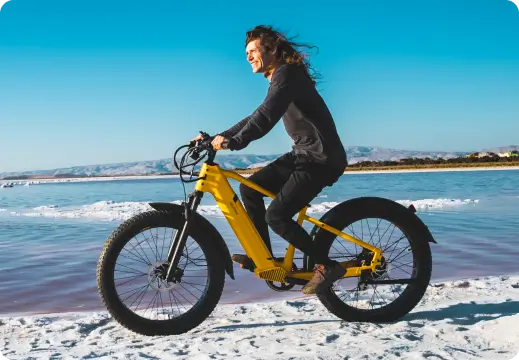

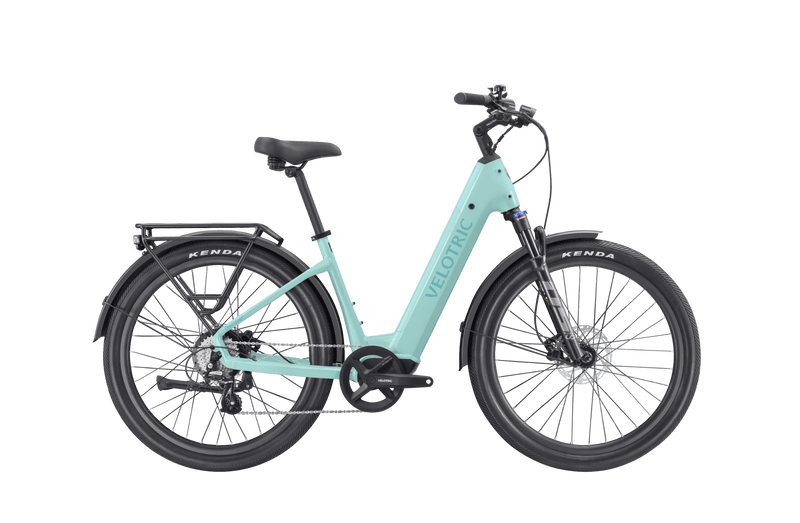

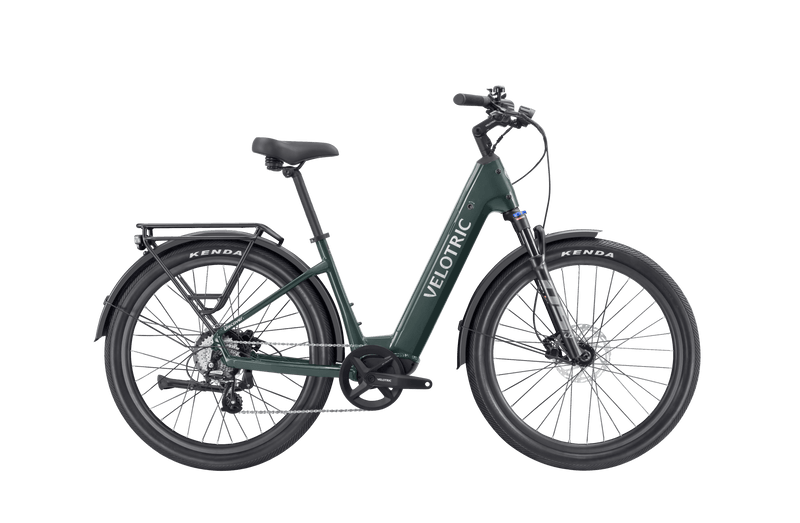







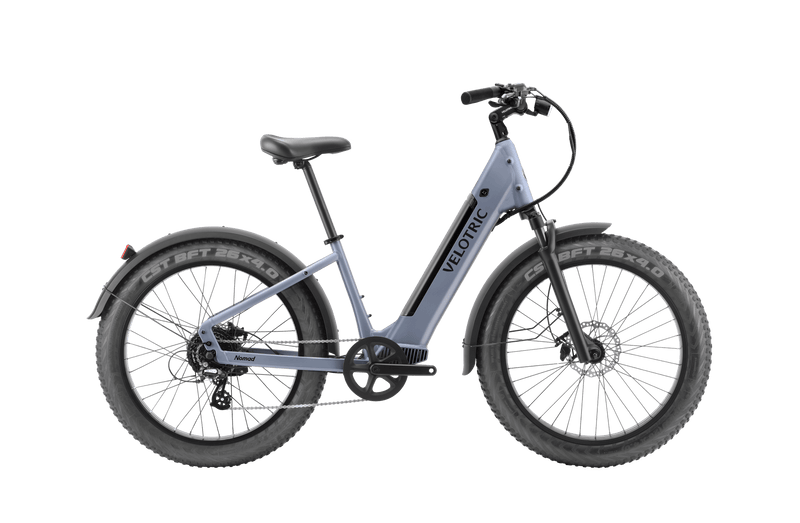


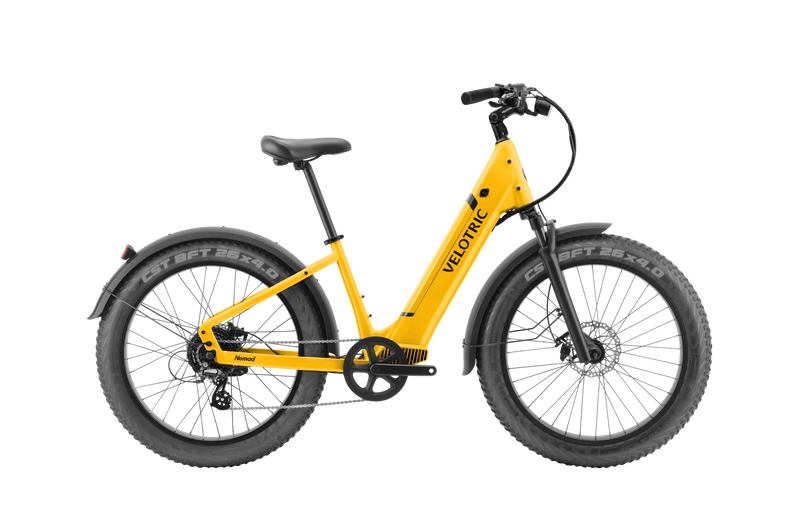

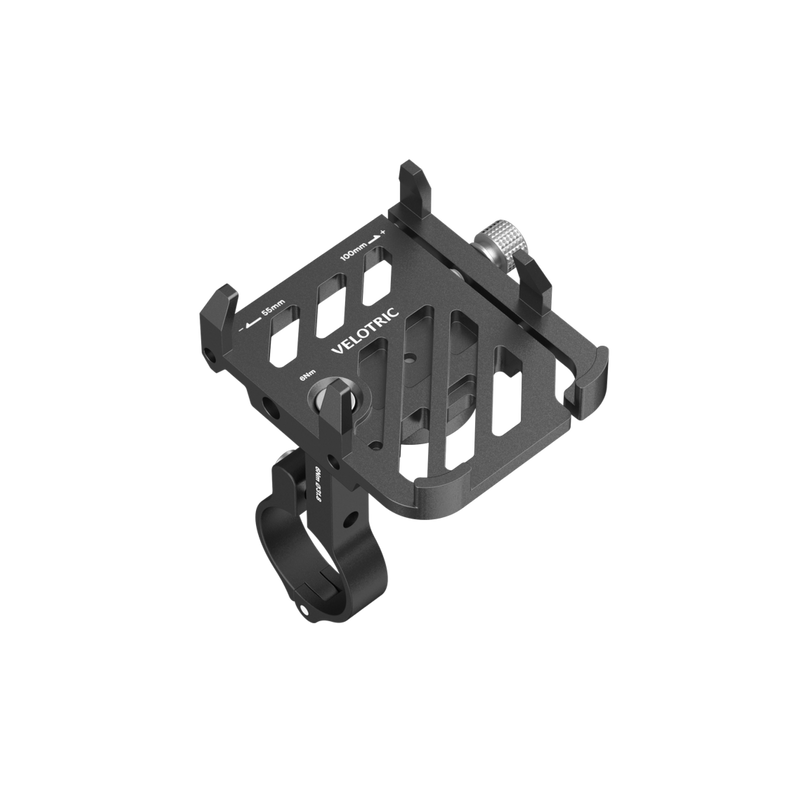
1 comment
This Ebike is one of the best bike I ever rode